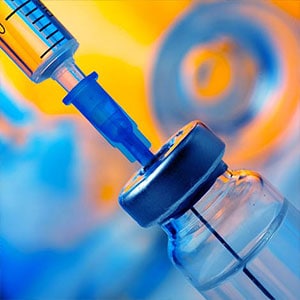
Normalized Data in Microbial Continuous Monitoring
Should I be concerned about normalizing data (CFU/m³) for grade A and B areas in Microbial Continuous Monitoring?

Filter:

Should I be concerned about normalizing data (CFU/m³) for grade A and B areas in Microbial Continuous Monitoring?

Typical ISO class cleanrooms in industries such as Pharmaceuticals or Semiconductors necessitate a standard set of demands for particle counting instrumentation and accessories to help customers achieve the required specifications outlined by regulatory committees. The Aerospace and Defense industries need to meet their own unique set of requirements that are often more variable and customer-specific than in other markets; this is something Particle Measuring Systems instrumentation and expertise can support.
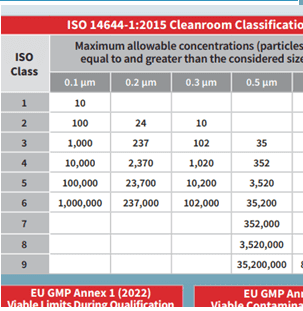
Simplify cleanroom compliance with these free, downloadable reference cards from Particle Measuring Systems. Designed for cleanroom operators and quality professionals, the cards summarize key ISO 14644-1 and EU GMP Annex 1 requirements, including particle limits, microbial guidelines, and cleanroom classifications.
Use them to stay compliant, support audits, and train your team.

This paper explores the application of a high-sensitivity liquid particle counter (Ultra DI® 20 Plus) to optimize ultrapure water (UPW) filtration performance in copper smelting and refining operations, and it demonstrates how sulfuric acid, a by-product of the process, can be refined to meet the high purity standards required by the semiconductor industry.
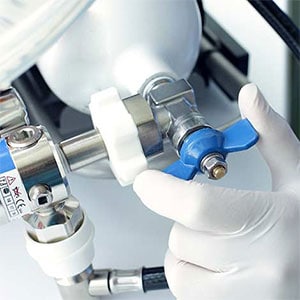
Compressed gas systems play a critical role in pharmaceutical manufacturing and must be included in your Contamination Control Strategy (CCS). Annex 1 requires these systems to be properly designed, qualified, and monitored to prevent contamination.
👉 Read the full paper to learn how to assess compressed gas risk

Vaporized Hydrogen Peroxide (VHP) serves as a potent oxidizer and has long been acknowledged for its effectiveness in sterilization within enclosed filling isolators. With the rising prevalence of isolator applications, there’s an increasing demand for robust samplers capable of enduring such environments. The MiniCapt® Pro Remote Microbial Sampler features an internal flow path designed to resist the corrosive impacts of VHP.
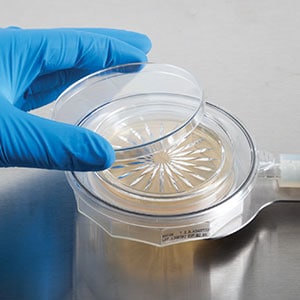
Microbial air sampling in pharmaceutical manufacturing relies on surface, passive, and active methods—each using media like agar to capture microbial growth. While techniques vary, accurate results depend on collection efficiency. This paper focuses on active air sampling and how to optimize performance across all methods.
👉 Download the full paper to learn more
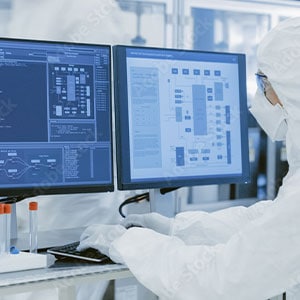
Particle Measuring Systems (PMS) recently hosted a webinar Contamination Control Strategies for Innovation and Regulatory Compliance to explain how the implementation of a CCS attempts to address the varied causes of contamination and compromised sterility. Download the paper to get answers to all questions asked.

The increasing attention on driving better product yield performance with advanced technology nodes has drawn reasonable discussion for in-tool monitoring to reduce nanoparticles that can have an impact on yield. With that in mind, Particle Measuring Systems (PMS) launched the new NanoAir™ 10 Condensation Particle Counter that measures particles down to 10 nm and the ParticleSeeker™ Smart Manifold system which is the first-ever manifold designed to handle nanoparticle transport. This product will unlock a new world of monitoring possibilities, providing a look into a current blind spot of the requirements and needs in the industry.
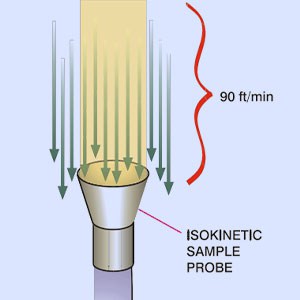
There is an optimum air flow rate within unidirectional environments which is required for Isokinetic particle sampling to act as a sheathing air that washes particles from a potential contamination source away from the process risk before being exhausted from the process area. This ensures that this potential contamination does not extend beyond a field of control. This flowrate was historically defined as 90 feet per minute, which roughly converts to 0.45 m/s. Current requirements suggest…